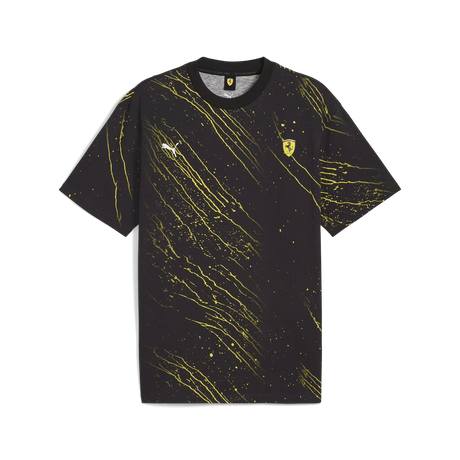For decades, the image of a Formula 1 pit crew member leaning over the pit wall, clutching a simple board covered in cryptic numbers and codes, has been an essential part of Grand Prix racing. At first glance, it may seem anachronistic—especially considering the ultra-modern world of F1, where instantaneous radio communication connects drivers and engineers at all times. Yet, even as digital technologies have proliferated and pit-to-car radios have become second nature, those humble pit boards endure, playing a surprising and crucial role in this most cutting-edge of sports.
The pit board, affectionately known as the “lap board” or simply “pit sign,” is a time-honoured means of relaying information from the pit wall to a speeding driver. Its content can be diverse: lap numbers, gaps to rivals, strategy codes, and urgent warnings about rain or mechanical issues. With radios now standard in Formula 1 since the late 1980s, you might wonder: why do teams still persist with this seemingly obsolete method?
The answer lies in the need for absolute reliability and redundancy. Radios, while mostly dependable, are not immune to glitches. Teams have witnessed, on many occasions, communication breakdowns caused by interference, hardware faults, or, in rare cases, deliberate sabotage (think of spiked frequencies or "jamming" used in espionage lore). Additionally, FIA radio regulations continue to evolve, sometimes limiting what teams can say or when they can speak. A well-timed pit board remains the only guaranteed way for teams to ensure vital information gets to their driver, no matter what gremlins might haunt the airwaves.
There are famous historical examples highlighting the pit board’s critical role. Take Ayrton Senna’s legendary drive at Donington in 1993, where shifting weather and evolving race strategies required rapid, visual communication. Or, more recently, the 2016 Spanish Grand Prix—when Mercedes suffered radio problems, both drivers relied on pit boards for vital instruction and race updates. During tense fuel-saving periods or penalty situations, the boards are a fail-safe tool to convey messages without the risk of infringement on radio-usage rules.
There's also the psychological aspect: pit boards provide a tangible, visible anchor for drivers as they speed past at up to 350 km/h. In the chaos of a race—engine noise, G-forces, and constant split-second decision-making—the pit board flashes into view for a fraction of a second, offering data without distraction, in precise predetermined positions. Unlike radio, the information on a pit board can't be garbled or lost in transmission. The simple act of spotting their number or seeing a key word can help reassure a nervous racer, especially rookies or those in high-stress situations.
Beyond their practical function, pit boards are woven into the fabric of F1 culture. Teams each have their quirks, sometimes using in-jokes, nicknames, or signs only the driver and a select few on the wall understand. Fans, too, have picked up on iconic pit signs—just think of the “P1” board, which drivers crave to see as they chase a monumental victory. The spectacle of a victorious driver grabbing their pit board for a celebratory photograph is a classic post-race image.
Looking to the future, as Formula 1 continues its technological evolution with augmented reality and advanced digital dashboards, some may wonder if the humble pit board will eventually disappear. However, for many in the paddock, it's precisely this blend of high-tech and tradition that defines the sport. The pit board is a symbol of reliability, human connection, and the enduring spirit of competition—it’s here to stay as an essential part of the show.
For fans at the racetrack, pit boards offer a rare chance to glimpse direct communication between the team and their hero behind the wheel, fostering a sense of intimacy and history that's hard to replicate on a radio frequency. So next time you hear a race engineer calmly relaying information over the airwaves, spare a glance at the pit wall—there’s a story written in numbers and code, as old and exciting as Formula 1 itself.



















































































































































































































































































































































































































































































































